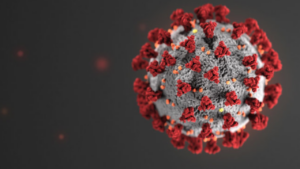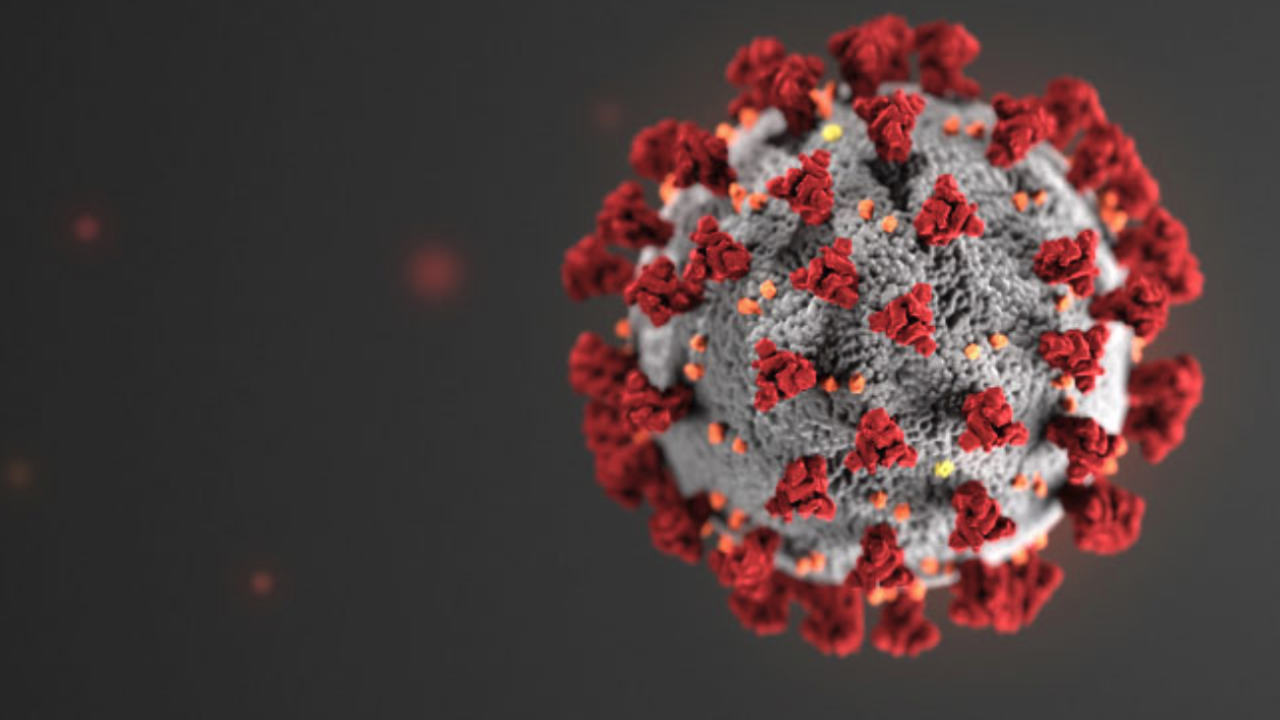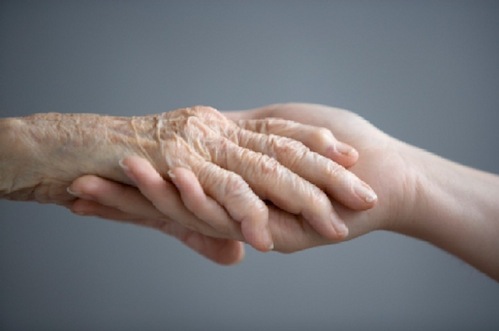
By Larry Storer
I generally do not write editor columns, but the staff decided I really needed to write this one because of my perspective as a patient during the COVID-19 pandemic. My medical journey has lasted just longer than 3 months to date – 21/2 months in the hospital or a skilled nursing facility – with one more surgery to go. While not a COVID-19 patient, I do have some insight in what it’s like to be a patient during the pandemic.
BUT FIRST THE BACKSTORY
Long before COVID-19 –Sept. 23, 2019 – I had a total knee replacement that did not heal. On June 27, 2020, the surgeon determined it was infected and removed that artificial knee. The bacteria Methicillin-resistant Staphylococcus Aureus (MRSA) had colonized in the knee area.
But before that happened, I was running fever and so sick mostly unaware of much going on around me, and I couldn’t get out of bed. Because the pain seemed localized in my lower back, a local hospital ER determined I was suffering from sciatic nerve pain and sent me home, but the next day my wife had me taken back to the ER, and the staff sent me a larger medical center nearby where my orthopedic surgeon was on staff.
It was at the local hospital that I got my first exposure to what it was like to be in the medical system during the COVID-19 pandemic. The waiting room was a sea of sameness – it was jammed with people needing emergency help as well as people who thought they might have COVID-19, but everyone was wearing a mask and, except for the bleeders, we all looked the same and were all treated the same. But everything changed once triage was complete.
On June 27, my orthopedic surgeon removed the knee compromised by periprosthetic joint infection and replaced it with antibiotic-loaded static cement spacers in anticipation of a yet unscheduled revision total knee arthroplasty (TKA). The leg was then enclosed in an immobilizer, a lightweight device that is worn to keep the knee from bending. Although the knee area was treated to remove the MRSA during surgery, blood tests showed the presence of the bacteria still in my system.
If MRSA gets into your bloodstream as it did mine, it can cause infections in other organs such as your heart causing endocarditis and attacking other organs. It can also cause sepsis, which is the body’s overwhelming response to infection. If these situations occur and they aren’t or can’t be treated, a patient can die from MRSA. So, although we knew that the pandemic would mean we would not be able to see each other, I’ll be forever grateful to my wife for calling the ambulance that day and turning me over to the medical community.
So, the additional MRSA colonies in my body had to be found and removed and after checking my heart and other organs, It was determined that the bacteria had taken up residence in the sternoclavicular joint (SCJ). A SCJ infection is a rare complication that has been associated with comorbidities such as diabetes, a disease I had managed since 1980.
On July 7, they cut into the SCJ area to remove the MRSA, which included washing the area and scraping the clavicle. The thoracic surgeon told me on a follow-up visit that many people with my other health issues would not survive the surgery. That conversation gave me a new respect for what was happening to me.
A week later, it was time for me to be moved to a skilled nursing facility, and we were given a two-page list of such facilities in my hometown to choose from.
Other than not seeing my family, COVID-19 did not cross my mind while I was in the hospital. Nurses came and went and because I knew that my MRSA was contagious, I paid no attention to the masks and PPE they wore.
But when the hospital started calling my top 10 choices of skilled nursing facilities near my home, only one was COVID-19-free. It was then that it hit me like a ton of bricks that a skilled nursing facility was a medically advanced nursing home and nursing homes had the highest death rates from COVID-19 in all states.
So, on July 14 I was moved to the only skilled nursing facility near my home that had never had a COVID-19 case. That meant they had strictly enforced protocols.
I should have had a clue about what that was going to mean when I was moved from the ambulance into the facility without even being able to see my family, who had to stand a distance away from the door while I was being moved inside.
For the first two weeks, I was restricted to quarantined ward. When the medical staff for that ward came to work, they couldn’t leave the ward until the end of the shift. My wife and sons would never be able to visit.
After a few days of IVs, I began to feel better and I wanted those items that are essential to life as I knew it: My laptop, iPad, cell phone, Kindle and clothes. The next thing I learned was that anything I wanted from the outside had to be quarantined before I could have it.
But it had to be a skilled nursing facility because they inserted a peripherally-inserted central-line catheter or PICC line so that they could continue to attack possible MRSA still in my body with 1000mg of vancomycin into my vein daily. Every day blood was sent to a hospital lab to determine how much of the antibiotic my kidneys could tolerate without being further damaged.
Each time I had a follow-up appointment with any of my doctors, it was a reminder that we are all living under the menace of COVID-19 because of masks, social distancing and sanitizing my hands as I went from one location at the medical center to another.
After 18 days of antibiotic IVs, my infectious disease physician declared me to be MRSA free, and after a week longer of lying in the most uncomfortable bed ever manufactured I was allowed to go home. By then I was a believer in the medical community’s protocols to prevent the spread of COVID-19.
That was the first leg of my journey being a patient during the pandemic.
About the time this issue of Vein Therapy News goes to print, I will be on the second leg – having my knee replaced again. The surgeon will first aspirate the knee and if he finds no bacteria in the knee area, he will either leave the cement spacers in for a longer time or set a date for the revision surgery.
WHAT WAS IT LIKE?
Patients in a skilled nursing facility with strong protocols to keep out COVID-19, must feel like the incarcerated must feel: Every aspect of your life is controlled by someone else. When and what you eat; people you can talk to; under which circumstances you can leave your room; any say in your treatment; and masks and social distancing are strictly enforced outside of your room.
Being a patient during COVID is lonely and situational depression is common. It is also fearful because you never quite forget you are in a nursing home, and nursing home deaths are still climbing. After some time, I accepted the fact that there was nothing I could do except watch the clock and mark days off the calendar.
I was whining to a nurse about only being able to see my family through the window and she told me when I felt like it she could push my wheelchair around to the residential wing and show me people who had not seen their families since they brought them to the nursing home. I was so blessed to have a window where my wife came twice a day to see me and talk on the phone.
MY PANDEMIC COMPLICATIONS
Like many patients during COVID-19, complications of life magnify the frustrations and depression.
Three days after I entered the hospital for my surgeries, my brother died. Older than me, Buddy was my childhood idol. My family agonized as to whether to tell me; when they did, I just felt crushed. I wanted to be with my family to grieve, but because of the pandemic I couldn’t hug my sister-in-law or my nieces and nephews. COVID-19 deprived me of the celebration of his life at a funeral and closure at his burial. And I am certainly not the only one – being with family at the death of loved ones or during serious family illnesses is one of the saddest realities of being a hospitalized patient during COVID-19.
While not nearly as life changing as the death of my brother, another event added to my frustration. While my wife was driving from our home to the hospital for the longest and most serious of my surgeries (she was able to see me for one hour following the surgery), we had a pipe break in the master bedroom bath and by the time she returned home, half of our house was flooded. She had to deal with the entire situation herself.
WHAT I HAVE LEARNED
I don’t know about any other patients in the hospital during the COVID-19 pandemic, but I learned in so many ways that my wife is the strongest person I know.
I also learned that those signs you see outside hospitals, nursing homes and clinics that read “Heroes Work Here” are not clichés; they are absolutely accurate. I would add to those signs that for the most part, they do their work with mercy and grace for people they hardly know – some of whom return their kindness by often being difficult or abusive. And, some pay for their heroic efforts by inadvertently taking COVID-19 home to their own families.
I also learned after reading this over that I am absolutely correct about not writing editor columns. In this column, for example, I’ve written more than 1,600 words just to say that being a patient during the COVID-19 pandemic is profoundly lonely, fearful, dangerous and sad.
And finally, I’ve learned that if you’re healthy, you should count your blessings and do everything you can to stay that way. VTN
P.S. The journey continues. A trip to the surgeon has revealed that the cement spacers are infected again. Another surgery to remove the cement spacers, wash everything out,. put new spacers back and see if it heals enough to put in another new knee. The skin is starting to breakdown, so not sure how that will play. If they can’t do a revision surgery, the options get darker.
–Larry




